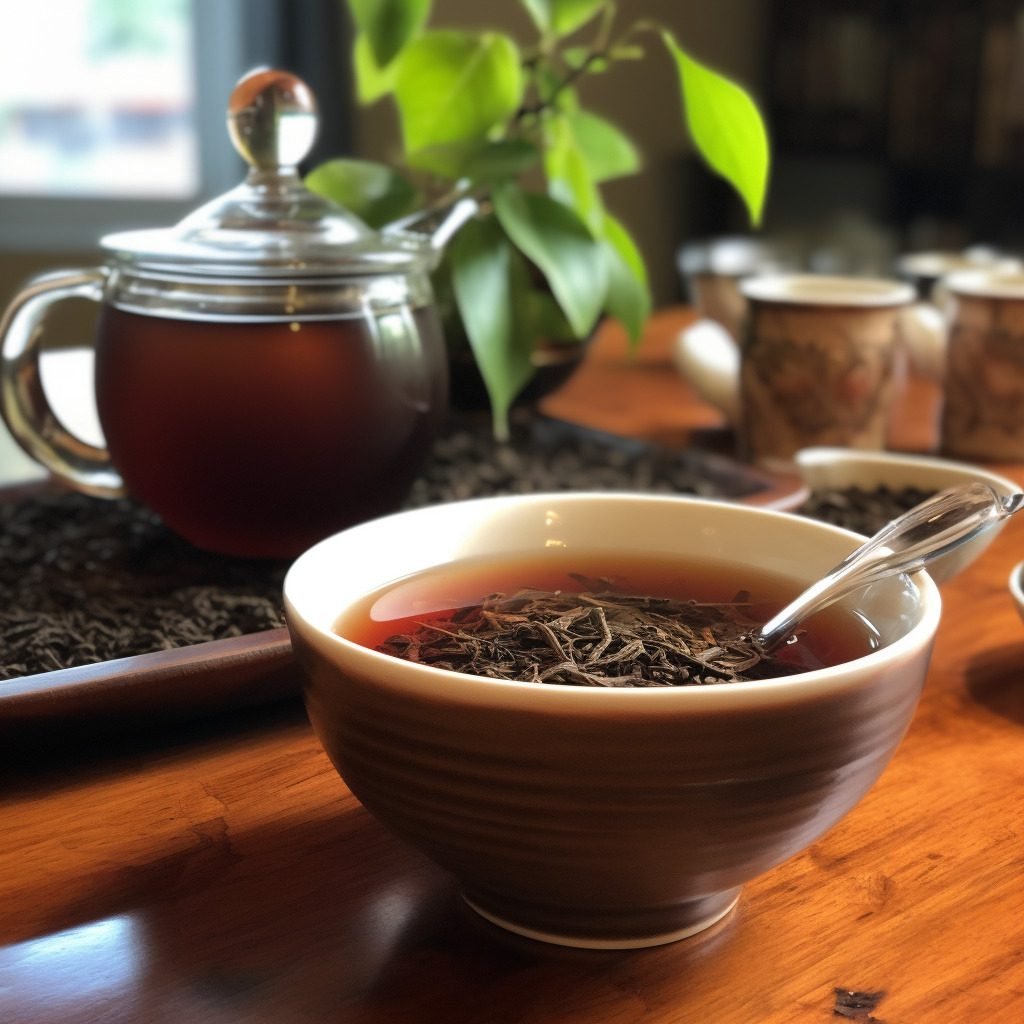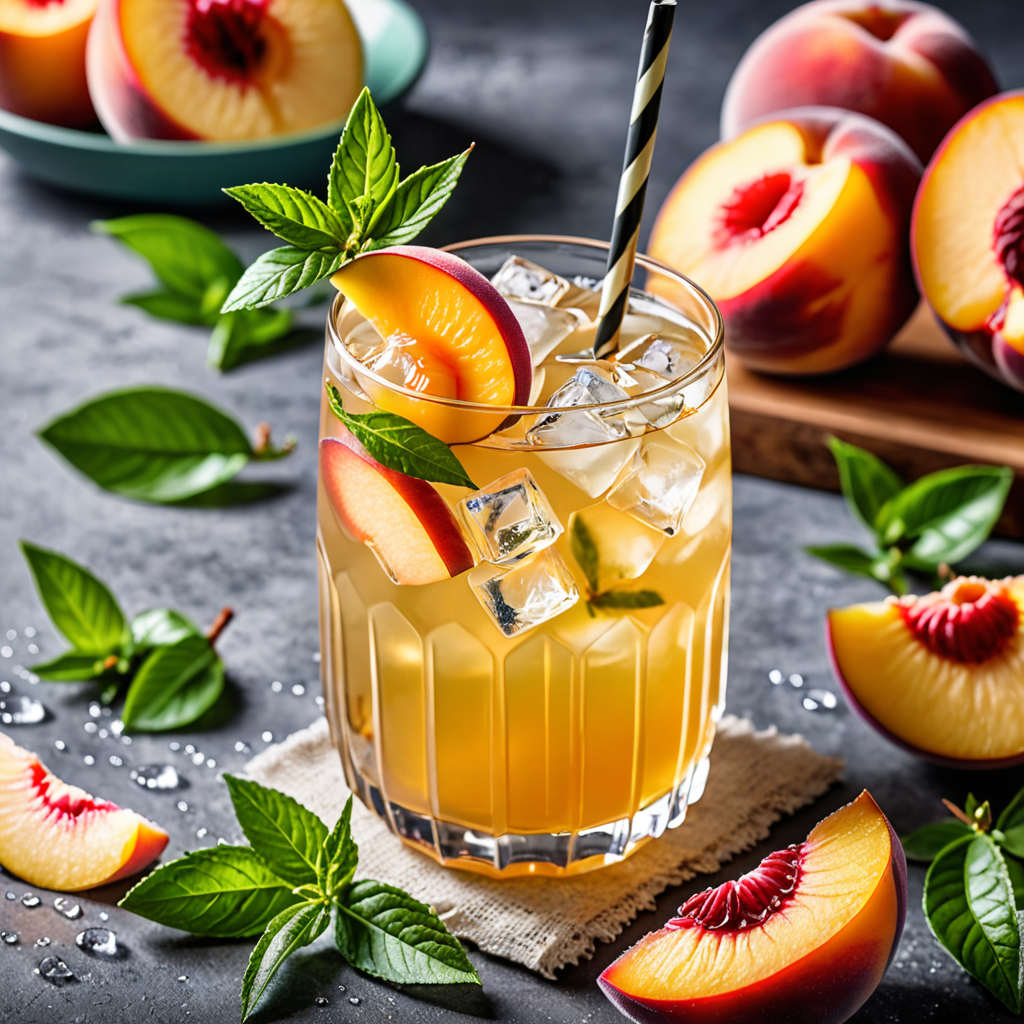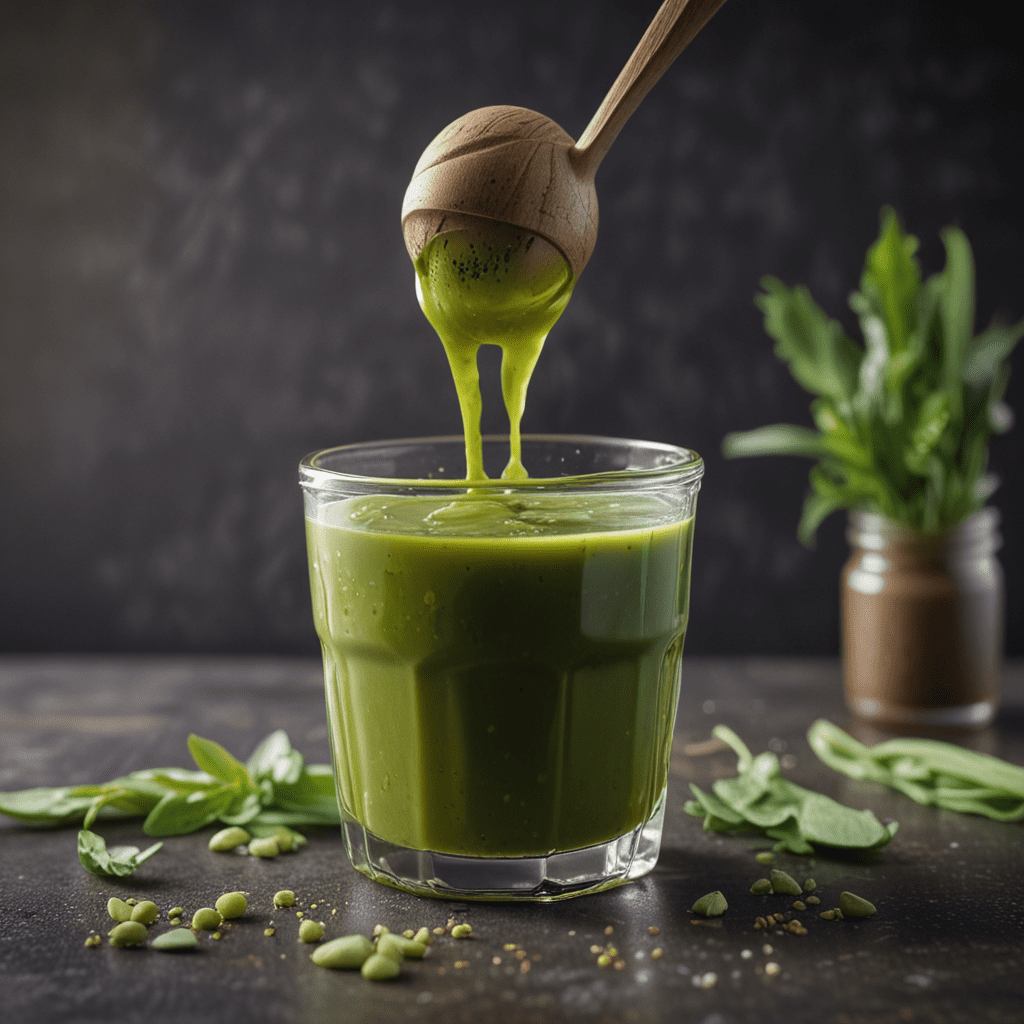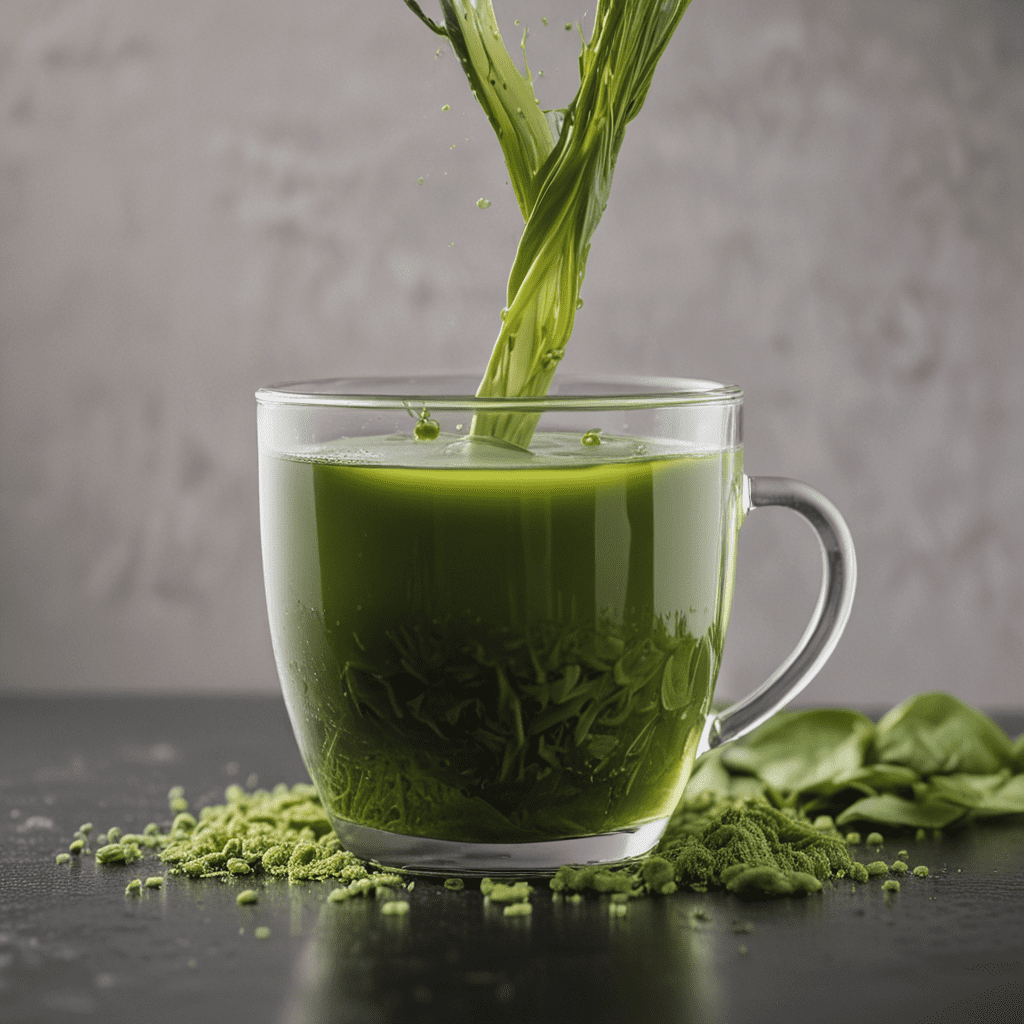
A Comprehensive Guide to the Aging Process of Pu-erh Tea
Tea enthusiasts worldwide are captivated by the nuanced flavors and unique characteristics of Pu-erh tea. This ancient Chinese tea undergoes a unique aging process, which results in its distinct taste and aroma. In this comprehensive guide, we will explore the key elements of the Pu-erh tea aging process, provide tips for aging Pu-erh tea, and discuss how to incorporate this process into your tea routine.
Key Elements of Pu-erh Tea Aging Process
The aging process of Pu-erh tea involves several key elements that contribute to the development of its rich and complex flavors. Let’s take a closer look at these elements:
- Tea Leaves: High-quality Pu-erh tea is crafted from the leaves of the Camellia sinensis plant. The leaves used for Pu-erh tea are typically harvested from ancient tea trees, which are known for producing leaves with greater depth of flavor.
Microbial Fermentation: One of the defining characteristics of Pu-erh tea is its microbial fermentation process. During aging, the tea leaves are exposed to bacteria and fungi, which gradually break down the complex compounds within the leaves. This fermentation process gives Pu-erh tea its unique earthy, woody, and sometimes even sweet flavors.
Storage Conditions: The storage conditions play a crucial role in the aging process of Pu-erh tea. Traditionally, Pu-erh tea is stored in cool and humid environments, allowing the tea to age gracefully. The storage conditions can greatly influence the development of flavors, with some teas aging more quickly and others requiring longer periods of aging to reach their peak taste.
Tips for Pu-erh Tea Aging Process
If you’re interested in experimenting with aging Pu-erh tea, here are some practical tips to guide you:
- Choose the Right Tea: Selecting the right Pu-erh tea for aging is essential. Opt for high-quality loose leaf teas that are specifically labeled as suitable for aging. These teas are often made from older tea trees and have a higher potential for developing complex flavors over time.
Consider Storage Containers: When aging Pu-erh tea, it’s important to choose the right storage containers. Porous materials, such as clay or ceramic, are preferred as they allow the tea to interact with the surrounding environment. Avoid using airtight containers, as they can hinder the natural aging process.
Control Storage Conditions: Mimicking the traditional storage conditions is crucial for successful tea aging. Find a cool and dark place with a consistent temperature and humidity level. Avoid exposure to direct sunlight, strong odors, and fluctuations in temperature, as they can negatively impact the aging process.
Patience is Key: Aging Pu-erh tea is a slow and gradual process. The flavors develop over time, so it’s important to be patient and allow the tea to age naturally. Some teas can reach their peak flavor after a few years, while others may take decades. Regularly taste your tea to track its progress and discover the optimal time for your preferred flavor profile.
Incorporating Pu-erh Tea Aging Process
Incorporating the Pu-erh tea aging process into your tea routine can be a rewarding experience. Here are some ideas to get you started:
- Start with Fresh Pu-erh Tea: Begin by enjoying a freshly brewed cup of Pu-erh tea to appreciate its initial flavors. Take note of its characteristics, such as its earthy undertones and boldness.
Experiment with Aging Times: Purchase several batches of the same Pu-erh tea and age them for different durations. This way, you can compare the flavors and aromas at various stages of the aging process. This experimentation will provide you with valuable insights into your personal taste preferences.
Blend Aged and Fresh Tea: Create a unique blend by combining aged and fresh Pu-erh teas. The aged tea will infuse the flavors of time, while the fresh tea will provide a vibrant and lively element. This combination can result in a harmonious balance of flavors that cater to individual palates.
FAQ about Pu-erh Tea Aging Process
Q: Does aging Pu-erh tea improve its taste?
A: Yes, aging Pu-erh tea can significantly enhance its taste. The aging process allows the tea to develop complex flavors and aromas, resulting in a smoother and more nuanced brew.
Q: How long does Pu-erh tea need to age?
A: The aging time for Pu-erh tea varies depending on several factors, including the type of tea, storage conditions, and personal preference. Some Pu-erh teas reach their peak flavor after a few years, while others may require decades of aging.
Q: Can I age Pu-erh tea at home?
A: Absolutely! Many tea enthusiasts age Pu-erh tea in the comfort of their own homes. With careful attention to storage conditions and patience, you can successfully age Pu-erh tea and enjoy the fruits of your labor.
Conclusion
The aging process of Pu-erh tea is a fascinating journey that leads to the development of unique flavors and aromas. By understanding the key elements of this process and following practical tips, you can embark on your own tea aging adventure. Incorporating aged Pu-erh tea into your tea routine adds depth and complexity to your cup, elevating your tea-drinking experience to new heights. So, why not start exploring the captivating world of Pu-erh tea aging today?


